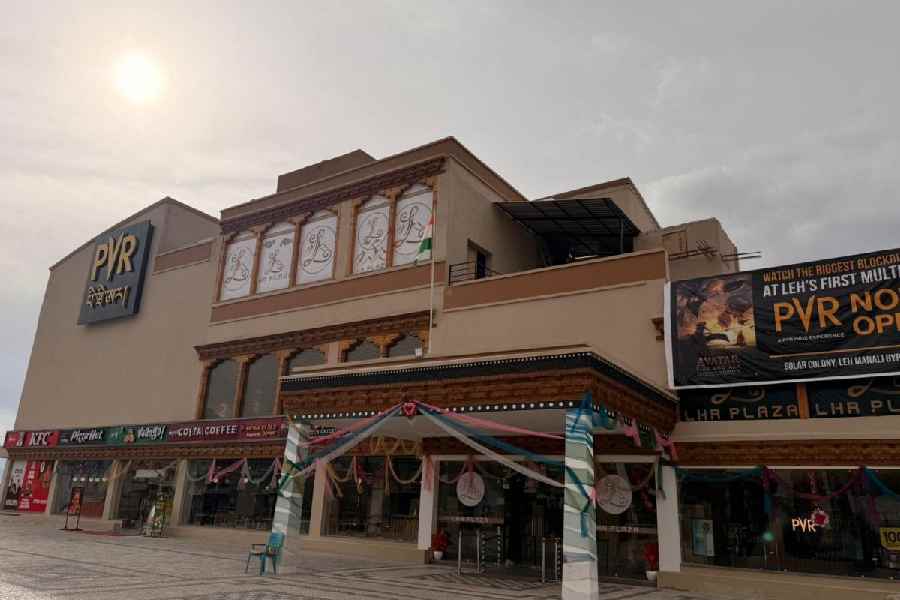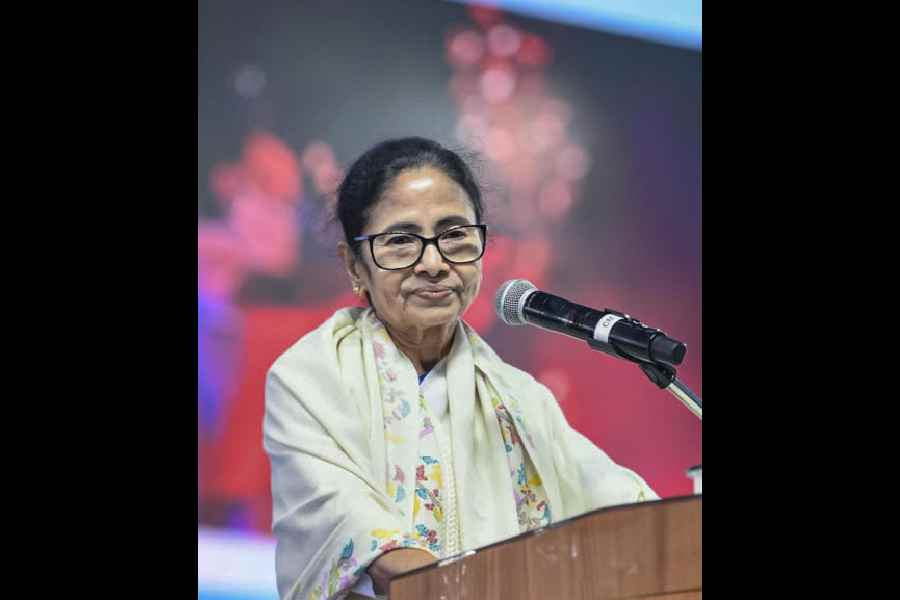 |
| Dhobi Ghat |
23 years after Mira Nair hit the streets of Mumbai and announced her arrival as a filmmaker to reckon with, another Indian woman has raised her independent and important voice with her very own ‘Salaam Bombay’.
Kiran Rao’s directorial debut Dhobi Ghat is a pure creation whose eye is not on the box office, whose nose is not sniffing a festival, whose ear is not waiting for applause and whose body doesn’t show off its star tattoo. It’s almost an organic outburst of an artiste at her city, which changes roles by night and day, in rain and in shine.
“Mumbai my muse, my whore, my beloved” — Kiran puts the words in the mouth of Aamir Khan’s Arun quite early in the film.
Kiran is role-playing, too. It may only be played out on a movie screen but Dhobi Ghat is very much an expression in mixed media. Because life here inspires coloured and black-and-white photography and also gets captured on first-person handycam video. The video images then inspire sketches in handbooks and paintings on big canvases.
If films like Babel and Crash were about stories connecting people across countries and classes, Dhobi Ghat is about how one city crisscrosses minds and enters people’s lives in various forms.
 |
 |
There’s Arun (Aamir) a painter who is trying to pick up the pieces and restart his life after a divorce. There’s Munna (Prateik) a dhobi by profession who wants to become a movie actor. There’s Shai (Monica Dogra) an American investment banker who is in Mumbai on a sabbatical and is trying to capture the city on her still camera. And there’s Yasmin (Kriti Malhotra), a girl from a small town in UP, whose marriage brings her to Mumbai.
While Arun, Shai and Munna are in the now, Yasmin is from an indefinite period. She used to stay in the same apartment in old Mumbai where Arun has moved in and like in Amelie, he discovers a tucked-away flat tin box which contains her little secrets. Here he finds and plays back the three video cassettes where Yasmin had narrated her life on camera.
In tone and pacing this video footage is a world apart from the uneasy triangle Arun, Shai and Munna find themselves in. Arun and Shai had a passionate one-
 |
night stand which he wants to forget but she cannot forget. From a dhobi to a city guide, Munna finds himself increasingly drawn towards Shai who shoots his portfolio and treats the washerboy as her equal.
But Kiran the writer lends these relationships the kind of depth and complexity real people share. There are unsaid emotions, held-back feelings and unexplained gestures that give Dhobi Ghat its post-modern grounding and makes it such a refreshing visit to the movies.
 |
 |
At 95 minutes, without an interval, with long patches of silences and not much physical action, this is bound to be a new experience altogether for the Bollywood buff. But for all her world cinema sensibilities, Kiran never alienates her audience, keeping them hooked with images, sounds and emotions that are not restricted to one corner shelf at the DVD library.
Performance-wise Dhobi Ghat belongs to Monica Dogra and Prateik. The Shaa’ir + Func lady is a complete stunner and makes Shai a mysterious mix of vanity and vulnerability. Prateik is extremely easy as Munna, getting the body language (and the body!) so right.
How’s Aamir Khan? He’s natural otherwise but in the dramatic scenes there is a tendency to ‘act’. It is this affectedness that looms large in a couple of Aamir’s big scenes and, wisely, some of them are also cut short.
After Anthony Dod Mantle in Slumdog Millionaire, first-time cinematographer Tushar Kanti Ray gives Mumbai yet another exciting celluloid texture.
Gustavo Santaolalla, the Oscar winner who scored Babel and Brokeback Mountain, creates magic with Indian instruments. The themes are haunting and loops in your head. And the Argentine master has the graciousness to step back when Begum Akhtar and Siddeshwari Devi give voice to the Mumbai rains.
Ray had called the five characters of Charulata the five members of a string quintet. Kiran, a big Ray fan who raved about Charulata on her last visit to Calcutta, has incredibly strung together her own quintet in her very first film.
Arun, Shai, Munna, Yasmin and Mumbai are the five instruments playing in harmony at a theatre near you, making Dhobi Ghat a must-visit.
Is Dhobi Ghat inspired by Babel? Kiran Rao answers...
 |
 |
| Kiran Rao; (below) a poster of Babel |
Dhobi Ghat is not quite like Babel. That film had four separate stories which were connected in a very subtle way. In this film, these characters actually meet and it is their interaction that is the meat of the film. It’s how they enter each other’s lives and how their lives are impacted. It’s connected in a more direct way. As for Gustavo’s music,
I would say his touch, as it is in Babel, is able to underline and underscore a moment with such delicacy and yet so much mood. It’s so evocative, the music that he creates, and I am hoping that the audiences here will appreciate the subtlety and the emotional qualities of his music.










